[PDF] Best Book Operating System for Gate | Operating System Books PDF Free Download for CSE
Operating System Books PDF Free Download: Download For Computer Science & Engineering, Information Technology, Electronics, and Communication Engineering students and graduates, we’ve assembled a selection of the Best & Standard Reference Books on Operating System . Many students and alumni from renowned universities, institutes, and colleges use these books.
best book for operating system for beginners, best book on android operating system, best book on linux operating system, best book on operating system programming, best book on windows operating system, best book operating system, best book to learn operating system, best operating system book for beginners.

Operating System Books PDF Free Download:
Introduction
An overview of the operating system. Functions of the operating system, OS evaluation, Batch, multi-programmed, time-sharing, real-time, distributed, parallel are all examples of operating systems.
Structure of the System
Operation of a computer system, I/O structure, storage structure, storage hierarchy, various types of protections, operating system structure (basic, layered, virtual machine), O/S services, and system calls
Management of Processes
Processes : Process concept, process scheduling, process operations, cooperating processes, and interprocess communication.
Threads: an overview, the advantages of threads, and the differences between user and kernel threads.
CPU scheduling : preemptive and non-preemptive scheduling criteria ,scheduling algorithms (FCFS, SJF,RR, priority), algorithm evaluation, multi-processor scheduling.
Process Synchronization : background, critical section problem, critical region, synchronization hardware, classical problems of synchronization, semaphores.
Deadlocks : system model, deadlock characterization, methods for handling deadlocks, deadlock prevention,
deadlock avoidance, deadlock detection, recovery from deadlock.
Storage Management
Memory Management : background, logical vs. physical address space, swapping, contiguous memory allocation, paging, segmentation, segmentation with paging.
Virtual Memory : background, demand paging, performance, page replacement, page replacement algorithms (FCFS, LRU), allocation of frames, thrashing.
File Systems : file concept, access methods, directory structure, file system structure, allocation methods (contiguous, linked, indexed), free-space management (bit vector, linked list, grouping), directory implementation (linear list, hash table), efficiency & performance.
I/O Management : I/O hardware, polling, interrupts, DMA, application I/O interface (block and character devices,
network devices, clocks and timers, blocking and nonblocking I/O), kernel I/O subsystem (scheduling, buffering,
caching, spooling and device reservation, error handling), performance.
Disk Management : disk structure, disk scheduling (FCFS, SSTF, SCAN,C-SCAN) , disk reliability, disk formatting, boot block, bad blocks.
Protection & Security
Goals of protection, domain of protection, security problem, authentication, one time password, program threats,
system threats, threat monitoring, encryption.
| Book Name | Author’s Name |
|---|---|
Embedded Systems: Real-Time Operating Systems for ARM Cortex-M Microcontrollers |
Jonathan Valvano |
Linux for Beginners: The Ultimate Guide to the Linux Operating System & Linux |
Adam Vardy |
Linux Command Line: Cover All Essential Linux Commands; A Beginner’s Guide |
Ray Yao |
Operating System Concepts and Basic Linux Commands |
Shital Vivek Ghate |
Production and Operations Management Systems 1st Edition |
Sushil Gupta |
Robot Operating System (ROS) for Absolute Beginners: Robotics Programming Made |
Lentin Joseph |
The Linux Command Line |
Williams E. Shotts |
About Book:
This is a self-published, print-on-demand book. The book’s initial ISBN was generated in 2012, but if you buy it new from CreateSpace or Amazon, you’ll get the most recent edition, which was uploaded on January 3, 2017. This book is the third in a series of three that teaches the fundamentals of embedded systems as applied to ARM Cortex-M microcontrollers, and it is now in its fourth edition (January 2017). This book focuses on the TM4C and MSP432 microcontrollers, although it may be applied to any Cortex-M microprocessor.
This third book is aimed largely at senior undergraduate and first-year graduate students in electrical and computer engineering. Professionals that want to create or install a real-time operating system on an ARM platform could use it as well. The first book, Embedded Systems: Introduction to the ARM Cortex-M Microcontroller, provides a primer on computers and interfacing, with an emphasis on assembly language and C programming. The second book, Embedded Systems: Real-Time Interfacing to ARM Cortex-M Microcontroller, concentrates on embedded system interfacing and design. This is a sophisticated book that covers operating systems, high-speed interfaces, control systems, robotics, and Bluetooth, and the Internet of Things (IoT). Rather than buying and deploying an existing OS, the focus is on fundamental principles, so readers can write their-own OS.
Embedded systems are a common occurrence in our daily lives. Every day, we interact with hundreds of small computers embedded in our homes, automobiles, toys, and workplaces. The capabilities of the microcontrollers integrated in our products have grown in tandem with the complexity of our world. An embedded system is a device that performs a certain task and includes a computer. A system is made up of interconnected components and interfaces that serve a shared function.
About Book:
Beginners’ Guide to Linux April 2016 update The Ultimate Crash Course For Learning & Mastering Linux for Beginners Are you interested in learning how to use, master, and configure Linux? If that’s the case, you’ve come to the right place, regardless of your level of experience! There are plenty of other technical tutorials out there that aren’t as clear and straightforward, and use far too much jargon in my opinion. My job is to show you how to get started with Linux and excel at it in simple, easy-to-understand ways.
Here’s A Sneak Peek At What Linux For Beginners Has To Offer… A Brief Overview of Linux What You Need To Know About Installing Linux Linux Variations Explained: Server vs. Desktop Editions To master Linux, you’ll need to know the following tasks and commands. How To Navigate Your Linux Operating System Effortlessly How to Use VIM for File EditingAdvanced Navigation & Linux Controls And there’s a lot more! Now is the time to download your book and get started!
About Book:
This is a beginner’s guide to quickly learning Linux commands that are commonly used by Linux administrators and newbies. All important Linux commands, as well as their actions, examples, and explanations, are covered in this book. Linux Helping commands, symbols, shortcut keys, run levels, and Vi commands are also included. You may simply learn: How to run all essential Linux commands from this book.
To copy, move, and remove files and folders, follow these steps.
How to make users and groups, remove them, and manage them.
How to use SSH commands to connect to a Linux server.
How to use the run levels and how to adjust them.
How to use help commands to traverse the command line.
About Book:
About Book:
If the “busyness” process was successful since the dawn of civilization on Earth, then some type of benefit sustained it. The basics are simple: gather the correct inputs (materials, labour, money, and ideas), transform them into high-demand, high-quality outputs, and make them available to the end user on time. Production and Operations Management Systems gives an understanding of the production and operations management (P/OM) roles, as well as the processes of products and service producers, by illustrating how operations relate to the rest of the business.
The text’s modular structure allows for a variety of trips across the resources. You can start with supply chain management (Chapter 9) and work your way through inventory management (Chapter 5) and finally quality management (Chapter 8). If your priority is product line stability and rapid response to competition, you might choose to start with project management (Chapter 7) to reflect the continuous project mode required for rapid redesign. The Downloads / Updates tabs contain slides, lectures, Excel worksheets, and solutions to short and extended problem sets.
About Book:
Learn how to use Robot Operation System to get started with robotics programming (ROS). This short guide shows you how to build your own robotics projects using ROS, Linux, and Python. It is aimed at absolute beginners in ROS, Linux, and Python.
ROS is a free and open-source framework for developing robotics software. Robot Operating System for Absolute Beginners will get you started on your first robot project with a hands-on approach and sample projects. You’ll master the fundamentals of working with ROS before beginning to code using ROS APIs in C++ and Python.
What You’ll Learn
- How to Set Up ROS
- Review the fundamentals of ROS.
- In ROS, practise with commonly used commands.
- Create a mobile robot from the ground up with ROS.
About Book :
From your first terminal keystrokes to developing entire programmes in Bash, the most popular Linux shell, the Linux Command Line will take you there. You’ll learn file navigation, environment setting, command chaining, pattern matching with regular expressions, and more, all of which have been passed down via generations of gray-bearded, mouse-shunning gurus.
Author William Shotts also discloses the theory underlying these tools, as well as the rich pedigree that your desktop Linux PC has inherited from Unix supercomputers of the past.
As you read through the book’s brief, easy-to-understand chapters, you’ll discover how to:
- Create and delete files, directories, and symlinks
- Administer your system, including networking, package installation, and process management
- Use standard input and output, redirection, and pipelines
- Edit files with Vi, the world’s most popular text editor
- Write shell scripts to automate common or boring tasks
- Slice and dice text files with cut, paste, grep, patch, and sed
Note: This website is for for students and graduates who want to get free engineering e-books, Competitive Study Notes, and other study tools. Our goal as a StudywithGenius Team is to assist students and others who cannot afford to buy books. If you find this study material/book is useful, please purchase it legally from the publisher and, if you feel so inclined, share it with others.
Disclaimer: Moreover StudywithGenius server does not store any type of book,guide, software, or images. No illegal copies are made or any copyright © and / or copyright is damaged or infringed since all material is free on the internet. Check out our Privacy Policy. If you feel that we have violated your copyrights, then please contact us immediately. We’re sharing this with our audience ONLY for educational purpose and we highly encourage our visitors to purchase original licensed software/Books. If someone with copyrights wants us to remove this software/Book, please contact us. immediately.
You may Visit Our DMCA & Copyright Page



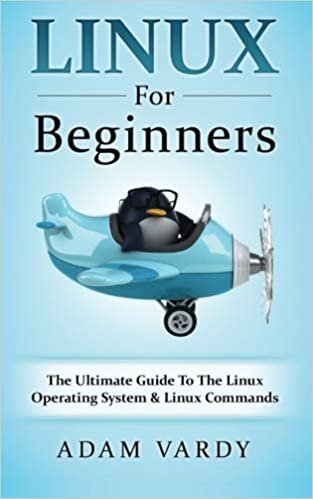

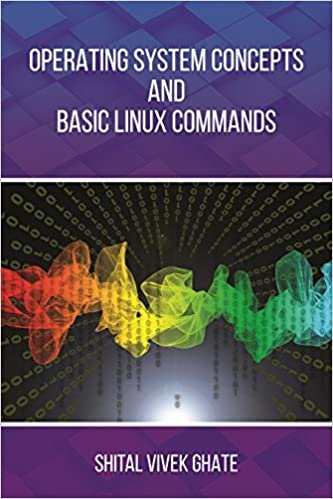

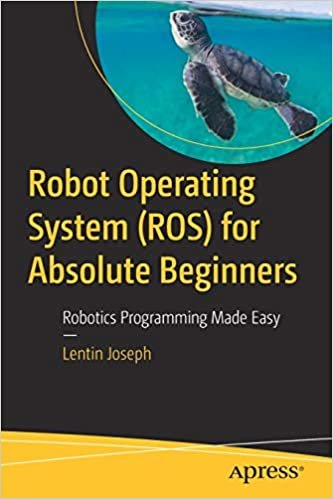
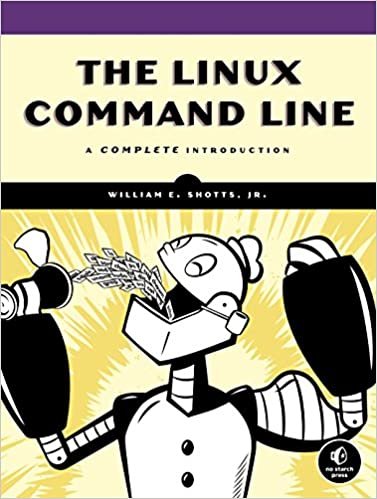
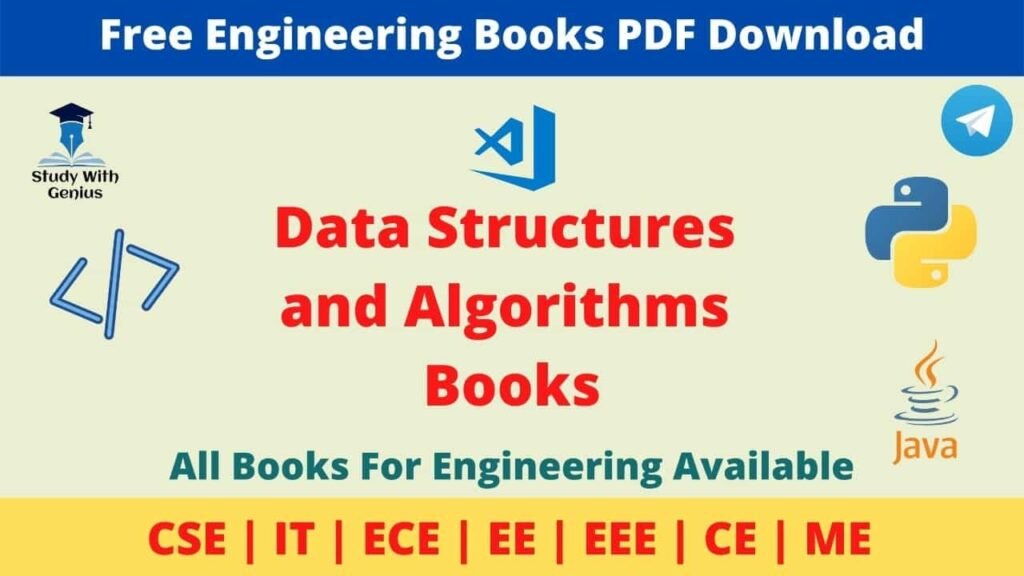

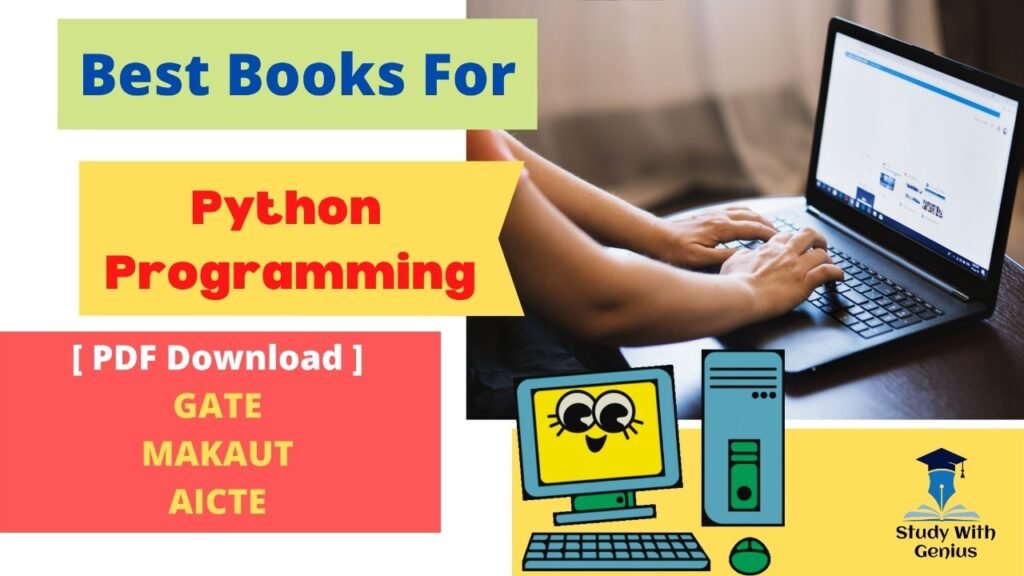


![[PDF] Best Book for Digital System and Design for Gate | Digital Systems and Design Books PDF Free Download](https://studywithgenius.in/wp-content/uploads/2021/08/WhatsApp-Image-2021-08-23-at-9.11.23-PM-1024x576.jpeg)
